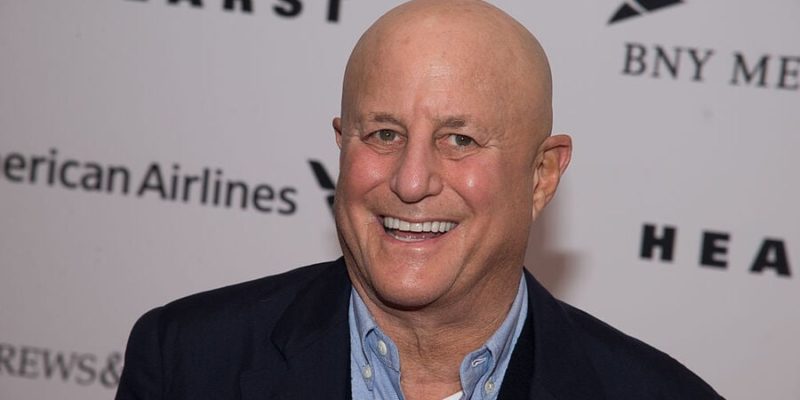Billionaire Ron Perelman is one of the most passionate art collectors in the world, with a collection that was at one time (before he started selling off pieces from it) reportedly valued at $3 billion. With a collection like that, you can bet the insurance premiums are sky high.
Recently, Perelman claimed that five of his most valuable pieces have “lost their oomph” as a result of a fire that occurred at his East Hampton compound in 2018.
Perelman filed a $410 million insurance claim in connection with the fire. In the filing he claims five paintings by such recognizable names as Andy Warhol, Ed Ruscha, and Cy Twombly, have “lost their oomph” despite having not been visibly damaged by the fire. His evidence? He can tell, just by looking at them.
Insurers, used to dealing in tangible qualities rather than subjective and possibly undefinable values such as “oomph,” are taking issue with Perelman’s claim, and are asserting that he came up with the supposed oomph deficit himself as a way to scrounge up some money for his struggling business empire. Now, he’s suing his insurers to get them to pay up, and the question of whether it’s even possible for a painting to lose its “oomph” is before the courts.
Perelman’s insurance company says the paintings in question were removed from the property before they could have possibly been exposed to any hazardous conditions as a result of the fire. Perelman doesn’t dispute this exactly, but he did say in a 2021 deposition that after the fire, something he couldn’t quite put his finger on was wrong with the paintings as he had come to know them: “All of the pictures lost their luster, lost their depth, lost some of their definition and lost a lot of their character,” he claimed. On the Warhol work depicting Elvis Presley, he went into more detail:
“It doesn’t pop like it used to…You know, I go back. That’s why they called it Pop Art. A picture is like a piece of music. I mean, if the piano is out of key, and you’ve heard the piece performed on a piano that’s in tune, you know the difference.”
Dave Kotinsky/Getty Images
An art scholar would be able to answer the question of whether Pop Art was called Pop Art because it “pops,” but a more important question is whether Perelman can demonstrate in controlled conditions that the paintings lack any tangible quality they do now after the fire. According to him, he doesn’t need to:
“I don’t have to corroborate it…I decided to monitor certain possessions and see what they did.And during my monitoring this is what I saw. Me. This is what I saw, and this is why I decided that they were damaged.”
Despite Perelman’s insistence that his eye is all the evidence that’s necessary to complete his insurance claim, he’s also provided an expert chemical analysis concluding that the paintings could have undergone certain “molecular changes” as a result of exposure to a fire. But the insurance company has their own experts which say that no such changes could be detected in any of the insured paintings.
The company’s lawyers also take issue with Perelman having waited about two years since the incident to file suit, which he originally did in 2020:
“It is suspicious enough that Mr. Perelman waited so long to make his insurance claim…Adding yet more grounds for suspicion is the fact that Mr. Perelman’s belated ‘discovery’ of the damage happened to coincide with a time when he desperately needed to supply his businesses with cash.”
Regardless of how Perelman’s lawsuit turns out, you can expect the entire art world, not to mention those in the insurance business, to debate the existence of “oomph” in insured objects for some time to come.











Comments